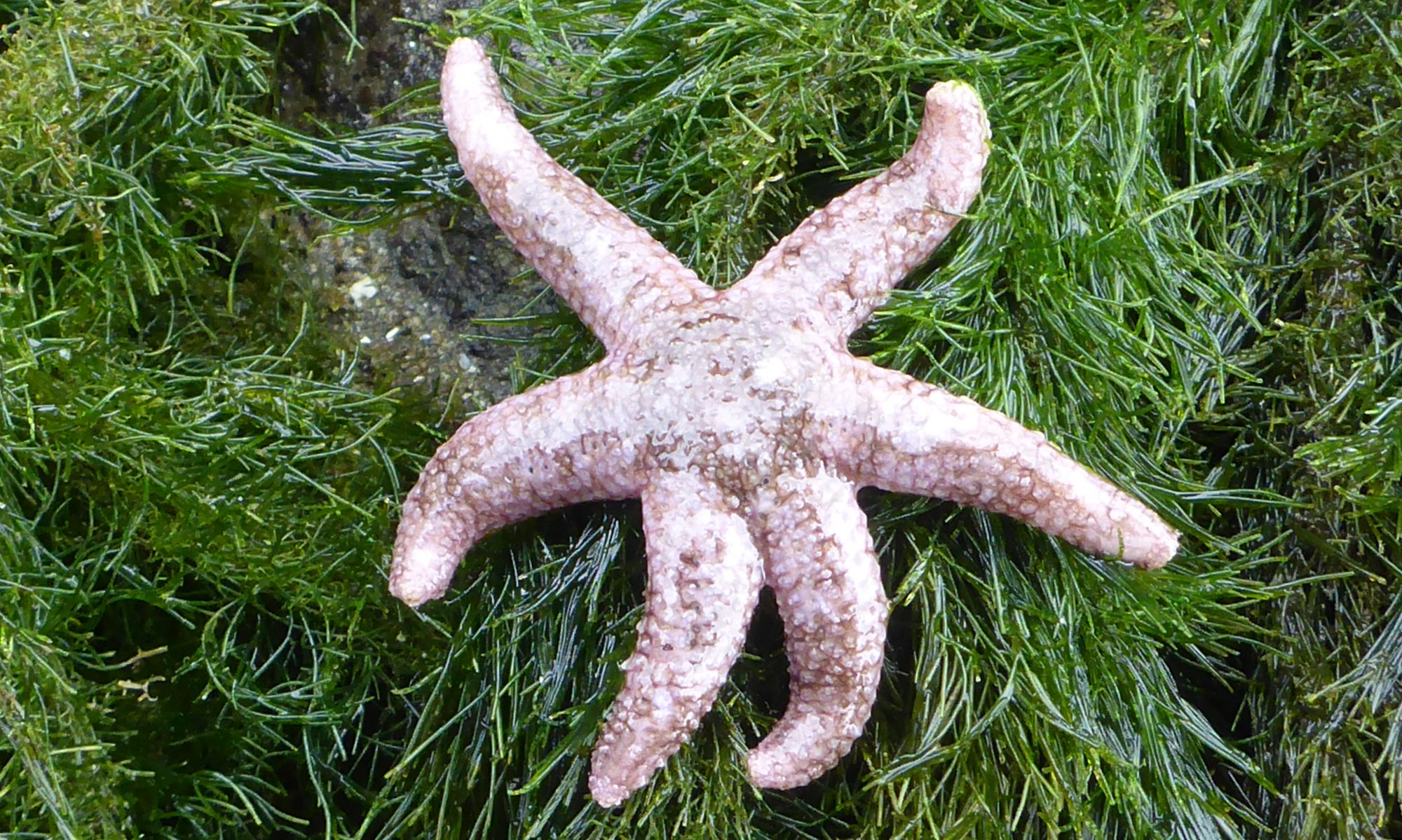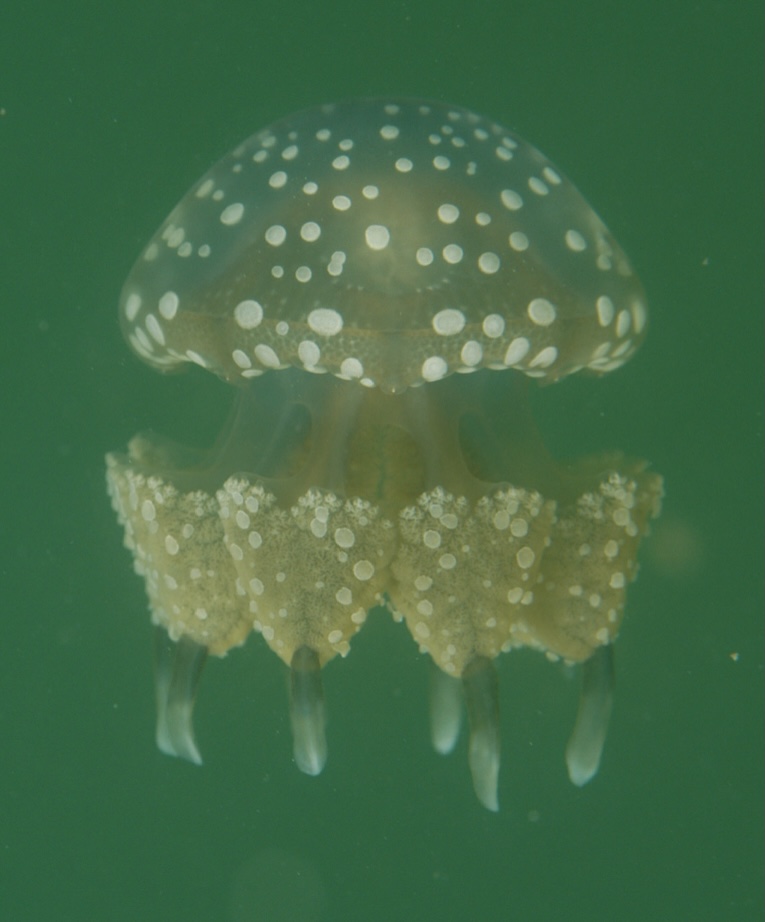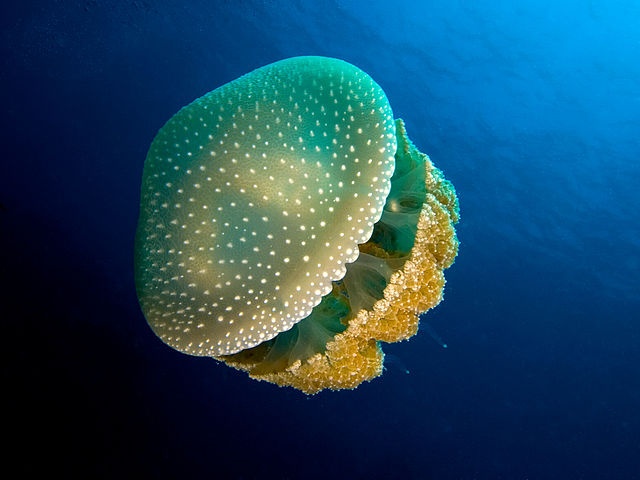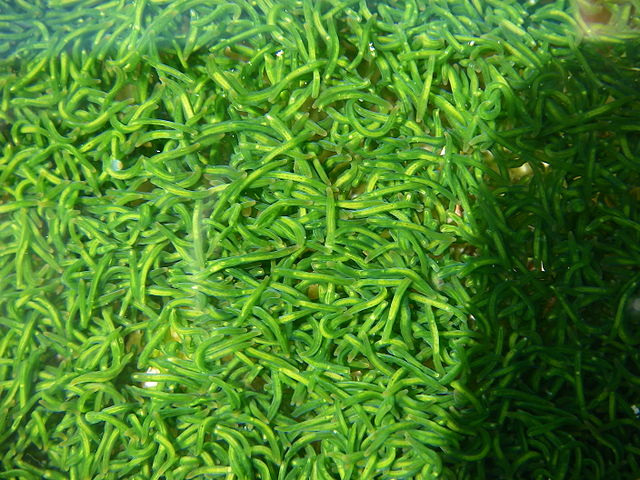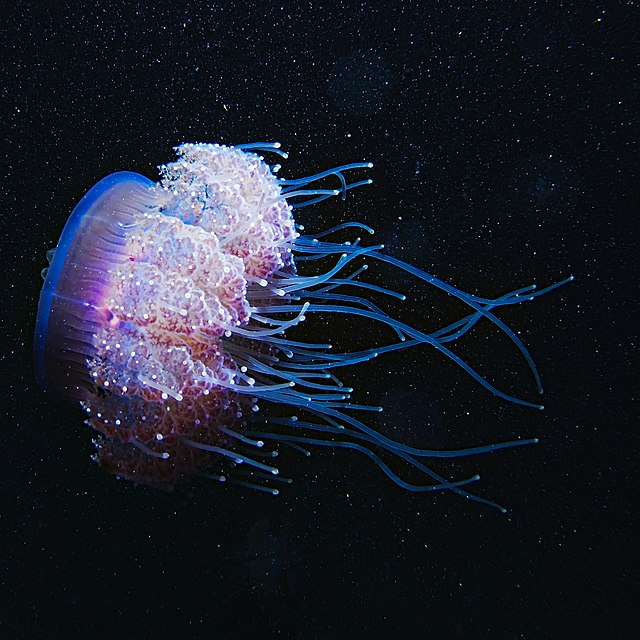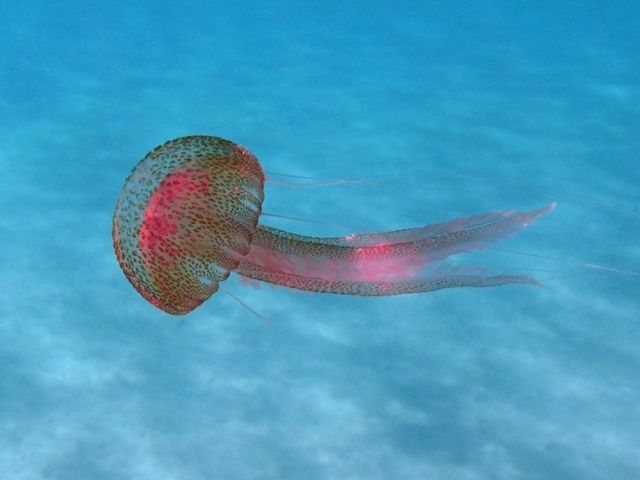Project: Symbioses in 3D: diversity and dynamics in pelagic symbioses across the tree of life Taxon: Fifty host-symbiont pairs People: Mike Dawson, Anne Thompson, Kelly Sutherland, Aki Ohdera, Fabien Lombard, Alexandre Alié, Cheryl Lewis Ames, Paulyn Cartwright, Biju Kumar, Kylie Pitt, Dhugal Lindsay, Andre Morandini, Mark Gibbons, Laura Prieto. Funding: Sanger, NSF Place: Global.
Animals inhabiting three-dimensional (3D) spaces in open water habitats experience diverse stimuli, through which they move horizontally and vertically and to which they exhibit various adaptations. Remarkably, little is known of the roles of symbioses in the evolution, ecology, and biology of pelagic animals that occupy 99% of the habitable planet. We will study three major host lineages (pyrosomes, medusozoans, acoels), and their symbionts (proteobacteria, zooxanthellae, green algae), that are dominant pelagic predators (in open oceans, coastal seas, marine lakes) and alter marine ecosystems especially during blooms. These symbioses offer comparisons with each other and contrasts to important and relatively well-studied benthic (2D) systems such as corals and tunicates. Assembly of pelagic symbioses is poorly understood and can involve multiple symbionts. Disassembly of pelagic symbioses may be both functional—programmed into development—and dysfunctional, e.g. bleaching, suggesting multifaceted trade-offs in adaptation to 3D habitats. Analyses will illustrate how the dynamic pelagic environment, bioluminescence, and photosymbiosis synergistically alter genome content and architecture and influence diversification. We also will accelerate understanding of eco-evolutionary assembly of host-specific symbioses from diverse pools of microbes, responses to a changing environment, how symbioses influence ecosystem dynamics, and how early chordates inform vertebrate evolution and development.
